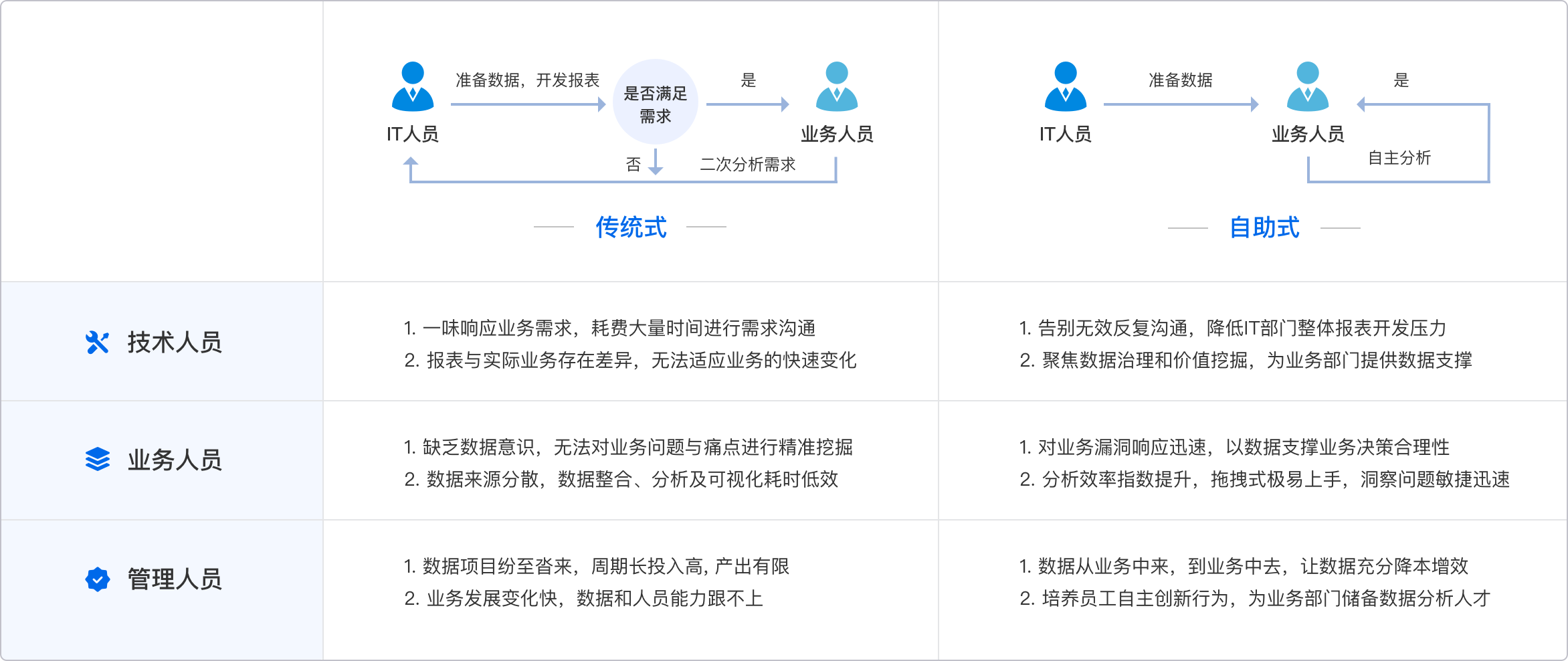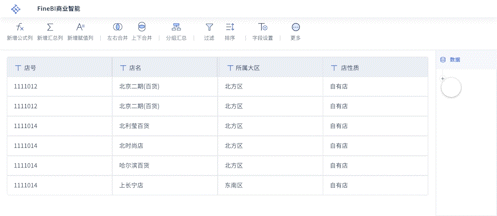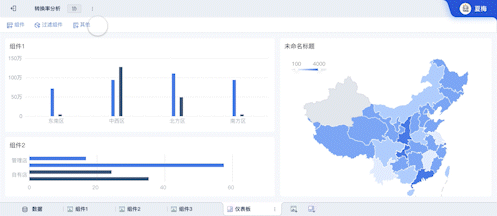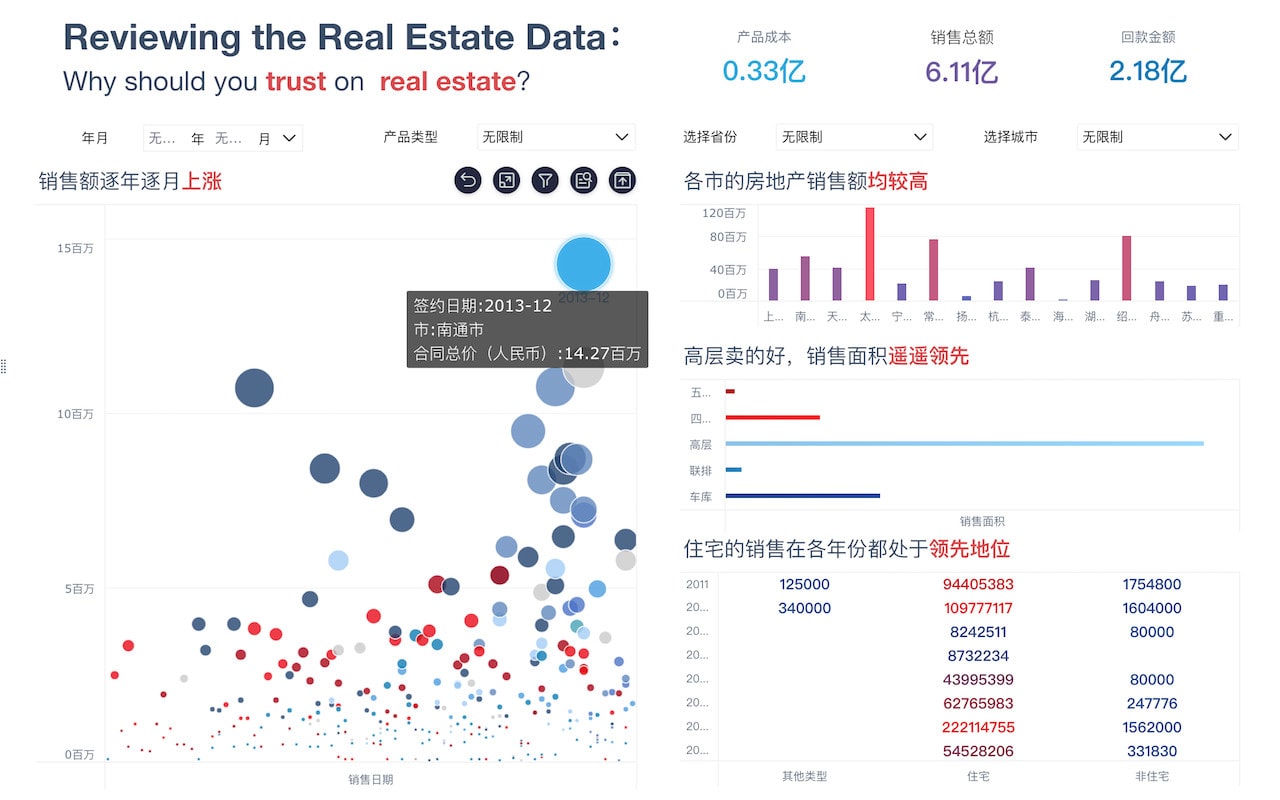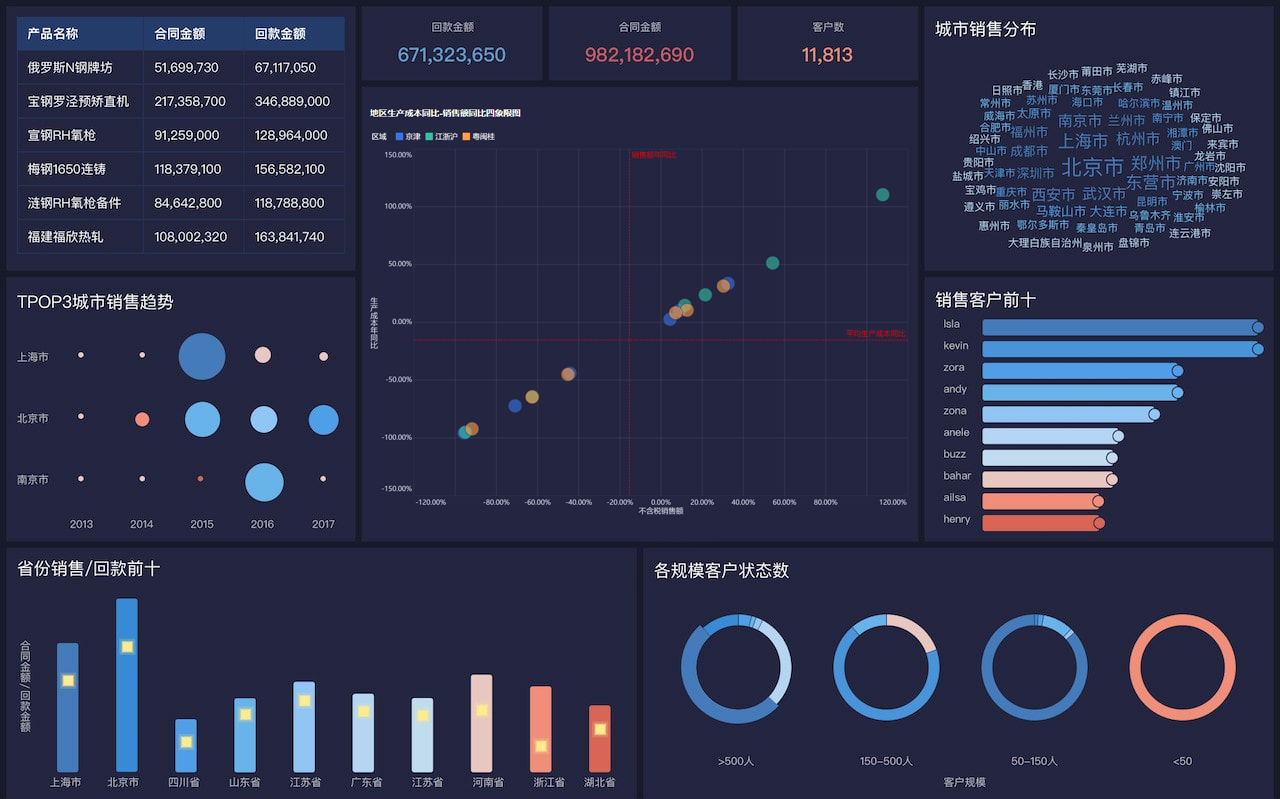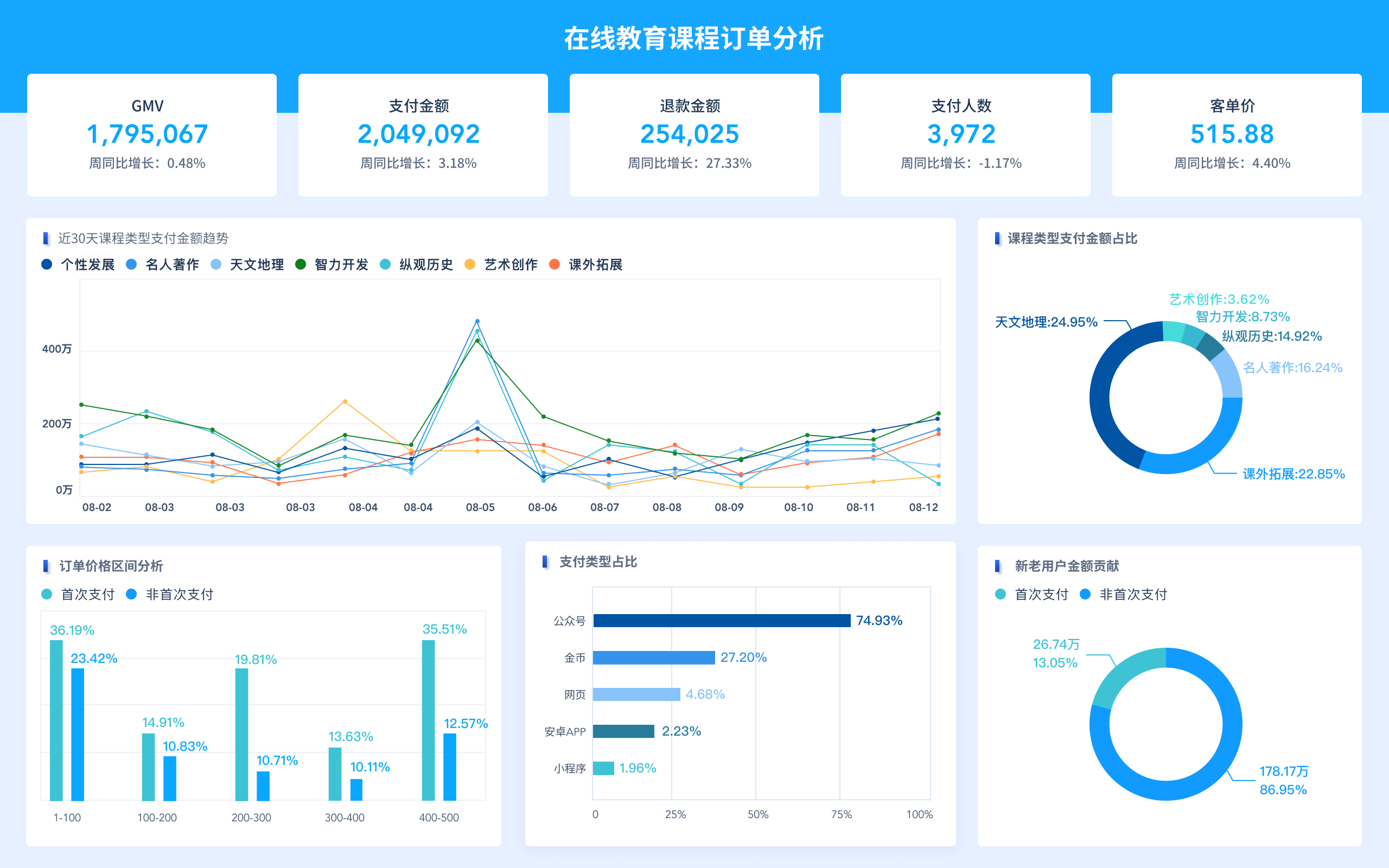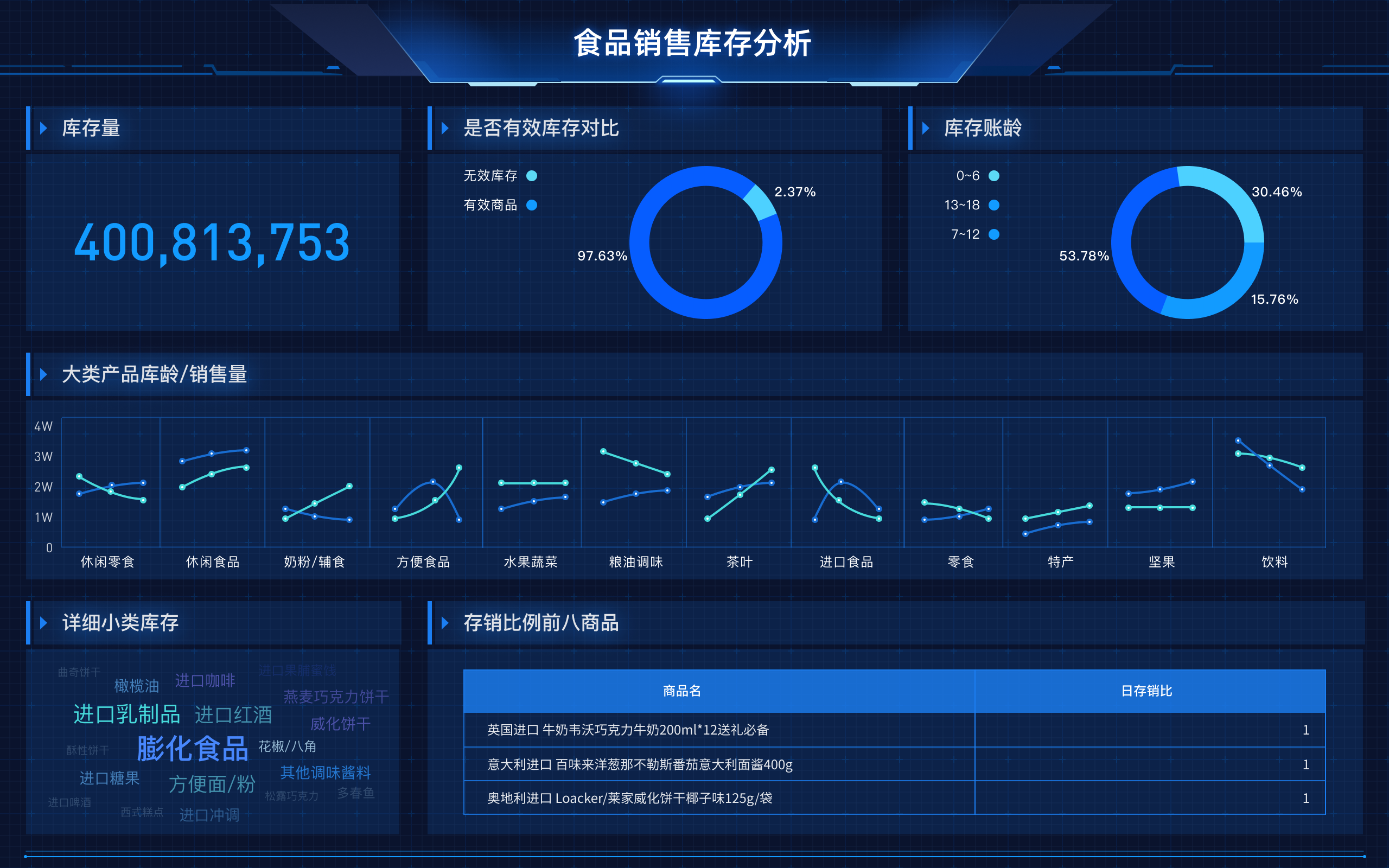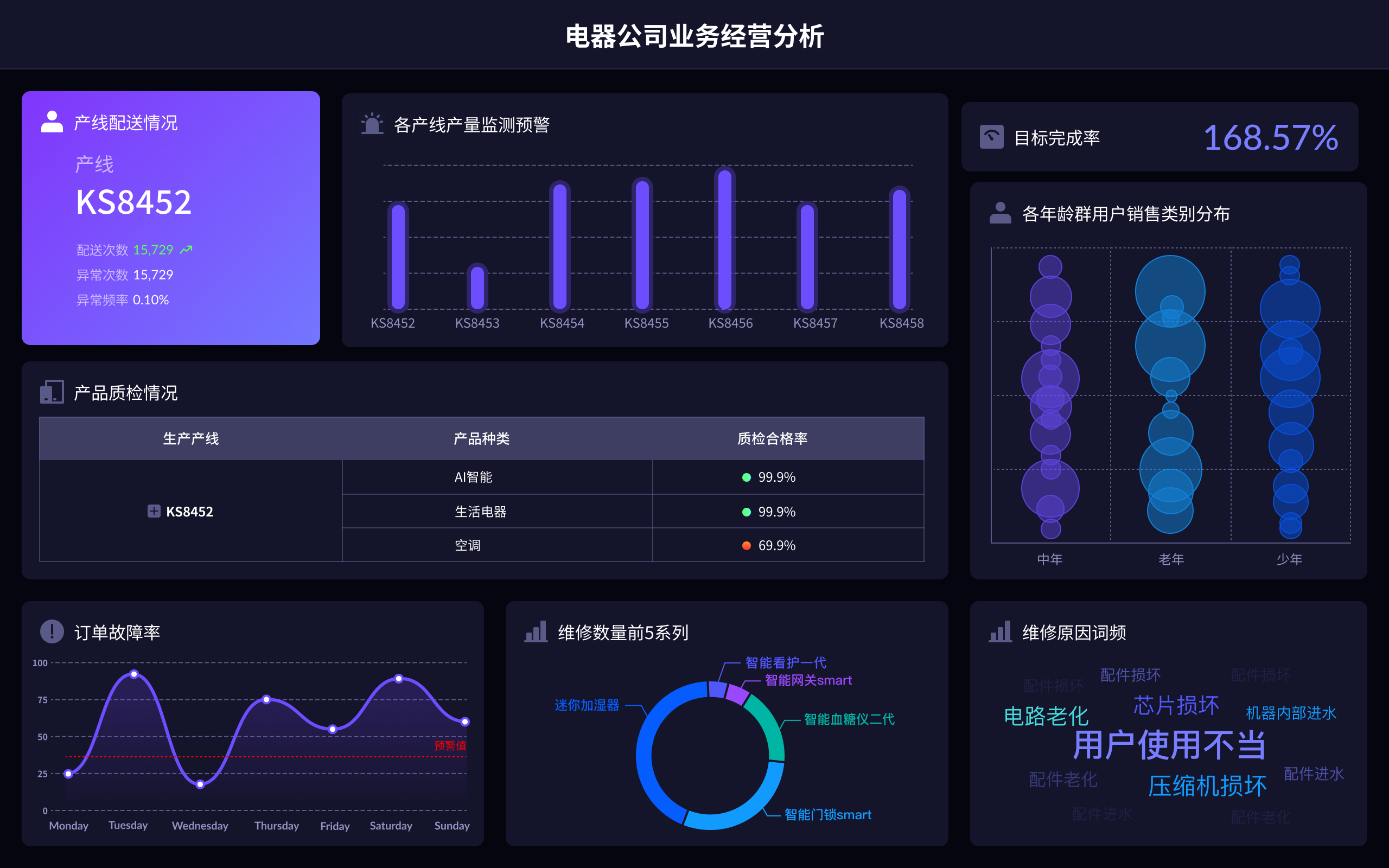
Traditional data warehouses face several challenges, including scalability, flexibility, real-time data processing, cost efficiency, data integration, and data governance. One of the most significant issues is scalability. Traditional data warehouses are often built on on-premises hardware, which can limit their ability to scale efficiently as data volumes grow. This limitation can lead to performance bottlenecks, increased costs, and difficulty in managing large datasets. Addressing scalability requires moving towards more flexible, cloud-based solutions that can dynamically allocate resources based on demand, thereby providing better performance and cost-effectiveness.
I、SCALABILITY
Scalability is one of the most pressing challenges for traditional data warehouses. As organizations accumulate more data, they often find that their existing infrastructure cannot handle the increased load. Traditional data warehouses are typically built on fixed, on-premises hardware, which means that scaling up requires significant investment in new hardware and infrastructure. This process can be time-consuming, expensive, and disruptive to ongoing operations. Moreover, the fixed nature of the hardware makes it difficult to scale down when the data load decreases, leading to inefficiencies and wasted resources. To address these issues, many organizations are turning to cloud-based data warehousing solutions that offer dynamic scalability. These solutions allow organizations to scale their data warehouse up or down based on current needs, providing greater flexibility and cost efficiency. Cloud-based solutions also offer the advantage of being able to quickly incorporate new technologies and innovations, further enhancing their scalability and performance.
II、FLEXIBILITY
Flexibility is another critical challenge for traditional data warehouses. These systems are often designed for specific types of data and queries, making it difficult to adapt to changing business requirements or new types of data. For example, traditional data warehouses are typically optimized for structured data, such as transactional records or customer information. However, modern businesses increasingly rely on unstructured data, such as social media posts, emails, and sensor data. Integrating these new data types into a traditional data warehouse can be complex and time-consuming. Additionally, traditional data warehouses often require extensive ETL (extract, transform, load) processes to prepare data for analysis. These processes can be inflexible and difficult to modify, limiting the ability to quickly respond to new business needs. To overcome these challenges, organizations are adopting more flexible data warehousing solutions, such as data lakes and modern cloud-based data warehouses. These solutions can handle a wider variety of data types and offer more agile data processing capabilities, enabling organizations to quickly adapt to changing requirements.
III、REAL-TIME DATA PROCESSING
Real-time data processing is increasingly important for businesses that need to make decisions based on current information. Traditional data warehouses, however, are often not designed for real-time data processing. They typically rely on batch processing, where data is collected and processed at set intervals. This approach can lead to delays in data availability, making it difficult to respond to real-time events or changes in the business environment. For example, an e-commerce company might want to analyze customer behavior in real-time to offer personalized recommendations or detect fraudulent activity. Traditional data warehouses may not be able to support these real-time analytics requirements. To address this challenge, organizations are turning to real-time data processing solutions, such as stream processing platforms and real-time analytics databases. These technologies enable the continuous ingestion and analysis of data, providing up-to-the-minute insights that can drive better business decisions.
IV、COST EFFICIENCY
Cost efficiency is a significant concern for organizations managing traditional data warehouses. The fixed, on-premises infrastructure required for these systems can be expensive to purchase, maintain, and upgrade. Additionally, the costs associated with scaling up the hardware to meet growing data demands can be prohibitive. Traditional data warehouses also often require significant investment in personnel with specialized skills to manage and optimize the system. These costs can quickly add up, making it difficult for organizations to achieve a good return on investment. In contrast, modern cloud-based data warehousing solutions offer a more cost-efficient alternative. These solutions typically operate on a pay-as-you-go model, allowing organizations to only pay for the resources they use. This approach can significantly reduce the upfront and ongoing costs associated with data warehousing. Additionally, cloud-based solutions often include automated management and optimization features, reducing the need for specialized personnel and further lowering costs.
V、DATA INTEGRATION
Data integration is another challenge faced by traditional data warehouses. These systems are often designed to handle specific types of data from specific sources, making it difficult to integrate data from new or disparate sources. As businesses increasingly rely on a wide variety of data sources, such as social media, IoT devices, and third-party APIs, the complexity of data integration grows. Traditional data warehouses often require extensive ETL processes to transform and load data into the system, which can be time-consuming and error-prone. Additionally, these processes can be inflexible, making it difficult to quickly integrate new data sources or adapt to changing data requirements. To address these challenges, organizations are adopting more modern data integration solutions, such as data lakes and cloud-based data warehousing platforms. These solutions can handle a wider variety of data types and sources, and offer more agile data integration capabilities. This allows organizations to quickly and easily integrate new data sources and adapt to changing data requirements.
VI、DATA GOVERNANCE
Data governance is a critical aspect of managing any data warehouse, and traditional data warehouses often face significant challenges in this area. Data governance involves ensuring the accuracy, consistency, and security of data, as well as managing access and compliance with regulatory requirements. Traditional data warehouses often lack the advanced data governance features needed to effectively manage these aspects. For example, ensuring data accuracy and consistency can be difficult when dealing with large volumes of data from multiple sources. Additionally, traditional data warehouses often lack robust security features, making it difficult to protect sensitive data and manage access. Regulatory compliance can also be challenging, as traditional data warehouses may not have the features needed to track and manage data in accordance with regulations. To address these challenges, organizations are turning to modern data governance solutions that offer advanced features for data accuracy, consistency, security, and compliance. These solutions can help organizations better manage their data and ensure that it meets all necessary requirements.
VII、PERFORMANCE
Performance is a critical concern for traditional data warehouses. As data volumes grow and queries become more complex, traditional data warehouses can struggle to maintain high performance. This can result in slow query response times, making it difficult for users to quickly access the information they need. Additionally, traditional data warehouses often require extensive tuning and optimization to maintain performance, which can be time-consuming and require specialized skills. As a result, organizations may find it difficult to achieve the level of performance needed to support their business needs. Modern data warehousing solutions, such as cloud-based platforms and in-memory databases, offer significant performance improvements over traditional systems. These solutions can handle larger volumes of data and more complex queries, providing faster response times and better overall performance. Additionally, many modern solutions include automated optimization features, reducing the need for manual tuning and making it easier to maintain high performance.
VIII、DATA QUALITY
Data quality is another significant challenge for traditional data warehouses. Ensuring that data is accurate, consistent, and complete is critical for making reliable business decisions. However, traditional data warehouses often struggle with data quality issues. These systems typically rely on extensive ETL processes to transform and load data, which can introduce errors and inconsistencies. Additionally, traditional data warehouses often lack the advanced data quality features needed to identify and correct these issues. Poor data quality can lead to inaccurate insights and poor decision-making, which can have significant negative impacts on the business. To address these challenges, organizations are adopting modern data quality solutions that offer advanced features for data profiling, cleansing, and validation. These solutions can help organizations ensure that their data is accurate, consistent, and complete, providing a solid foundation for reliable business insights and decision-making.
IX、DATA SILOS
Data silos are a common issue in traditional data warehouses. These silos occur when data is stored in separate systems or departments, making it difficult to integrate and analyze the data as a whole. This can lead to incomplete or inconsistent insights, as well as inefficiencies in data management. Traditional data warehouses often exacerbate this issue by requiring extensive ETL processes to integrate data from different sources. Additionally, the fixed, on-premises nature of traditional data warehouses can make it difficult to share data across departments or locations. Modern data warehousing solutions, such as data lakes and cloud-based platforms, offer more flexible and integrated approaches to data management. These solutions can help organizations break down data silos by providing a centralized repository for all data, as well as more agile data integration capabilities. This can lead to more comprehensive and consistent insights, as well as greater efficiency in data management.
X、FUTURE-PROOFING
Future-proofing is a significant concern for organizations managing traditional data warehouses. As technology continues to evolve and business requirements change, traditional data warehouses can quickly become outdated. These systems are often built on fixed, on-premises hardware, making it difficult to incorporate new technologies or adapt to changing needs. Additionally, traditional data warehouses often require significant investment in upgrades and maintenance, which can be costly and time-consuming. To address these challenges, organizations are turning to modern data warehousing solutions that offer greater flexibility and adaptability. Cloud-based platforms, in particular, offer the ability to quickly incorporate new technologies and scale resources based on demand. This can help organizations future-proof their data warehousing strategy, ensuring that they can continue to meet their business needs as technology and requirements evolve.
In conclusion, traditional data warehouses face numerous challenges, including scalability, flexibility, real-time data processing, cost efficiency, data integration, data governance, performance, data quality, data silos, and future-proofing. By adopting modern data warehousing solutions, such as cloud-based platforms and data lakes, organizations can address these challenges and achieve greater efficiency, flexibility, and performance in their data management and analysis efforts.
相关问答FAQs:
What are the main challenges faced by traditional data warehouses?
Traditional data warehouses have been foundational in the realm of data management and analytics for many organizations. However, as the volume, variety, and velocity of data continue to grow, they face several significant challenges:
-
Scalability Issues: Traditional data warehouses often struggle to scale efficiently with increasing data volumes. As organizations accumulate more data, the infrastructure may require significant upgrades or even complete overhauls. This can be time-consuming and costly, leading to potential delays in accessing and analyzing critical business data.
-
High Maintenance Costs: Maintaining a traditional data warehouse can be expensive. Organizations may incur costs related to hardware, software licensing, and ongoing maintenance. Additionally, the need for specialized personnel to manage and optimize these systems can further increase operational expenses.
-
Data Silos: In many cases, traditional data warehouses can lead to the creation of data silos. Different departments or units within an organization may develop their own data repositories, making it challenging to integrate and share information across the enterprise. This can result in inconsistent data and hinder comprehensive analytics efforts.
-
Limited Flexibility: Traditional data warehouses often rely on structured data and rigid schemas. This can limit the ability to accommodate unstructured or semi-structured data, which is increasingly common in today’s data landscape. As a result, organizations may struggle to leverage new data sources and adapt to changing business needs.
-
Delayed Data Availability: Data ingestion and processing in traditional warehouses can be slow, leading to delays in data availability. Businesses require real-time or near-real-time insights to remain competitive, and the lag associated with traditional systems can hinder timely decision-making.
-
Complex ETL Processes: Extract, Transform, Load (ETL) processes in traditional data warehouses can be complex and labor-intensive. Organizations often need to invest significant resources in developing and maintaining these processes to ensure data quality and integrity, which can divert attention from analytics and strategic initiatives.
-
Analytical Limitations: The analytical capabilities of traditional data warehouses may not meet the demands of modern analytics. With the rise of advanced analytics techniques, such as machine learning and predictive modeling, organizations may find that their traditional systems lack the necessary tools and flexibility to support these initiatives.
-
Data Governance Challenges: Ensuring data quality and compliance in traditional data warehouses can be challenging. As data comes from various sources, organizations must implement robust governance frameworks to manage data integrity, security, and compliance with regulations.
How do these challenges impact business decision-making?
The challenges faced by traditional data warehouses can significantly impact business decision-making in several ways:
-
Informed Decisions: Delays in data availability can lead to missed opportunities for informed decision-making. When organizations cannot access timely insights, they may struggle to respond to market changes or customer needs effectively.
-
Inaccurate Insights: Data silos and inconsistent data can result in inaccurate insights, leading to poor decision-making. Organizations may base critical strategies on flawed data, which can have long-term consequences on business performance.
-
Resource Allocation: High maintenance costs and complex ETL processes can divert resources away from strategic initiatives. Organizations may find themselves spending more time and money on maintaining their data infrastructure rather than leveraging data for innovation and growth.
-
Competitive Disadvantage: In a fast-paced business environment, the inability to adapt to new data sources and analytics techniques can place organizations at a competitive disadvantage. Competitors who can harness real-time insights and advanced analytics may outperform those relying on traditional systems.
What alternatives are available to address these challenges?
To overcome the challenges associated with traditional data warehouses, organizations can explore several alternatives:
-
Cloud Data Warehousing: Cloud-based solutions offer scalability, cost-effectiveness, and flexibility. Organizations can easily scale their storage and processing capabilities up or down as needed, while also benefiting from reduced maintenance costs. Cloud data warehouses often support various data types and real-time analytics, enabling organizations to leverage diverse data sources.
-
Data Lakes: Data lakes provide a more flexible approach to data storage, allowing organizations to store structured and unstructured data in its raw form. This flexibility enables businesses to quickly ingest large volumes of data without the need for extensive preprocessing. Data lakes can serve as a central repository for all organizational data, facilitating better integration and analytics.
-
Modern ETL/ELT Tools: Modern Extract, Load, Transform (ELT) tools can simplify data integration processes. By leveraging cloud-native architecture and automation, these tools reduce the complexity and time required for data ingestion and transformation. This allows organizations to focus more on analytics rather than data preparation.
-
Real-time Analytics Platforms: Organizations can adopt real-time analytics platforms that enable immediate insights from streaming data. These platforms can integrate with various data sources, providing organizations with the ability to make data-driven decisions in real time.
-
Data Virtualization: Data virtualization allows organizations to access and analyze data from multiple sources without the need to physically move or replicate the data. This approach can help eliminate data silos and provide a unified view of organizational data, facilitating better decision-making.
-
Self-Service Analytics: Empowering business users with self-service analytics tools can reduce reliance on IT for data access and reporting. These tools enable users to explore data, generate insights, and create visualizations independently, fostering a data-driven culture within the organization.
In conclusion, while traditional data warehouses have served as critical components of data management for many years, they face significant challenges that can hinder business performance. By understanding these challenges and exploring modern alternatives, organizations can better position themselves to leverage data as a strategic asset for growth and innovation.
本文内容通过AI工具匹配关键字智能整合而成,仅供参考,帆软不对内容的真实、准确或完整作任何形式的承诺。具体产品功能请以帆软官方帮助文档为准,或联系您的对接销售进行咨询。如有其他问题,您可以通过联系blog@fanruan.com进行反馈,帆软收到您的反馈后将及时答复和处理。


